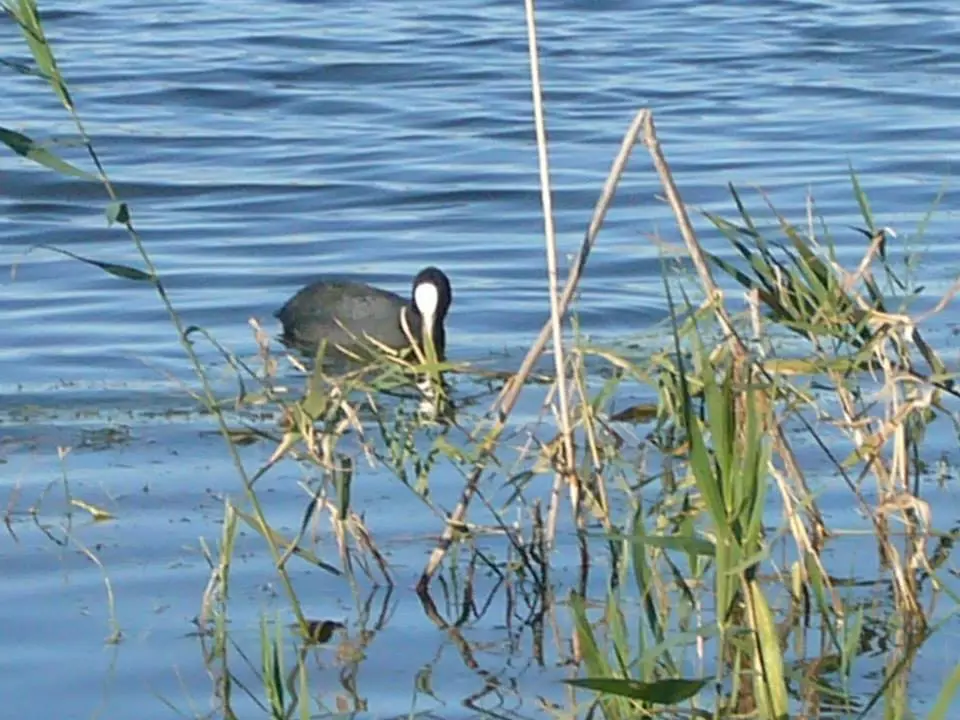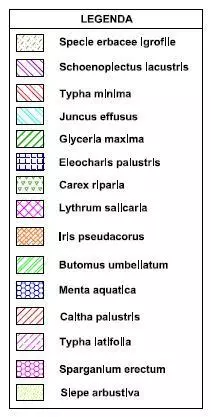Wetland restoration
Wetland habitat was widely diffused in the past and are nowadays almost disappeared. Wetland is one of the most precious sources of biodiversity: since the end of XX century, wetland restoration is promoted, in order to conserve flora and fauna species typical of this habitat. Restored wetlands principally aim to naturalistic value (re-habitat), but can be designed as multipurpose elements (e.g. flood mitigation, water quality improvement).
IRIDRA has experience in wetland restoration, for instance, the restored wetland designed in the proximity of the Olona River in Rho. Moreover, IRIDRA always put attention to more naturalistic values also when a treatment wetland is designed, as done, for instance, for the design of the constructed wetland for tertiary of Jesi WWTP, which was monitored in terms of avifauna after 3 years from its realization.

Advantages
- restoration of wetland with high naturalistic value
- Biodiversity increase
- Possibility to propose a multipurpose intervent (e.g. flood mitigation, water quality improvement)
IRIDRA's experience
IRIDRA has recently designed a wetland for biodiversity restoration purposes in the proximity of the Olona river, in Rho (Italy). The wetland wants to contribute to the restoration of a number of species used of that area (Odonata and Amphibious). To this aim, IRIDRA designed the wetland with a minimal amount of open water areas, favouring reeds propagation and placing small shores planted with shrubs.
In order to favour a smooth passage between terrestrial and aquatic environments gentle slope are designed (less than 10 degrees): the aim is to favour a progressive and complete development of vegetation, maximizing the colonization of the species of interest. Despite the constraints given by the available area, the ratio between shore length and wetland surface area was maximized, increasing as much as possible the sinuosity.
In order to mimic the oscillation of the water table of natural wetlands, the water table of the restored wetland was left to move according to rainfall and evapotranspiration rates. However, a minimum water table level was guaranteed, in order to avoid excessive drying of the wetland. Finally, several plant species were planted in order to maximize the biodiversity and facilitate a natural evolution of the wetland. In a certain way, the aim is to let the wetland to "self organize" the plant development during the years. To this aim, the strongest reed, i.e. the Phragmites australis (the most diffused species in treatment wetlands) was avoided, to limit the risk of wetland colonization by a single species during the years.
 |  |
Planimetry of the restored wetland in the proximity of Olona river in Rho (Italy), showing the different plant species adopted, designed by IRIDRA

Cross section of the restored wetland in the proximity of Olona river in Rho (Italy), designed by IRIDRA

